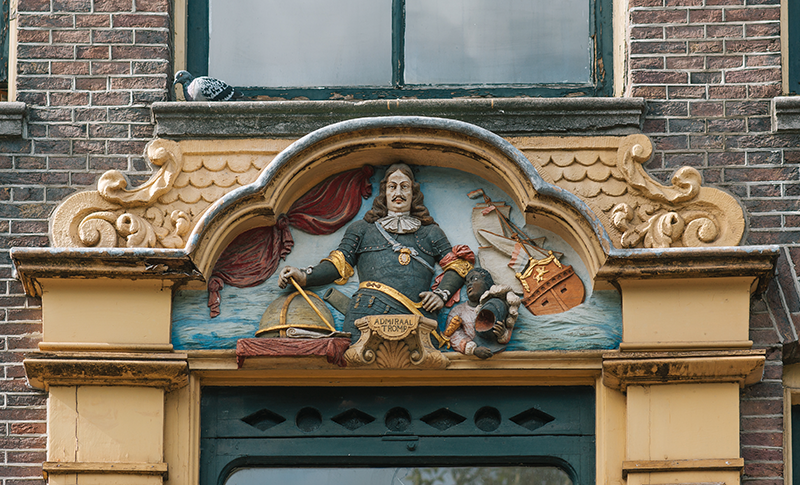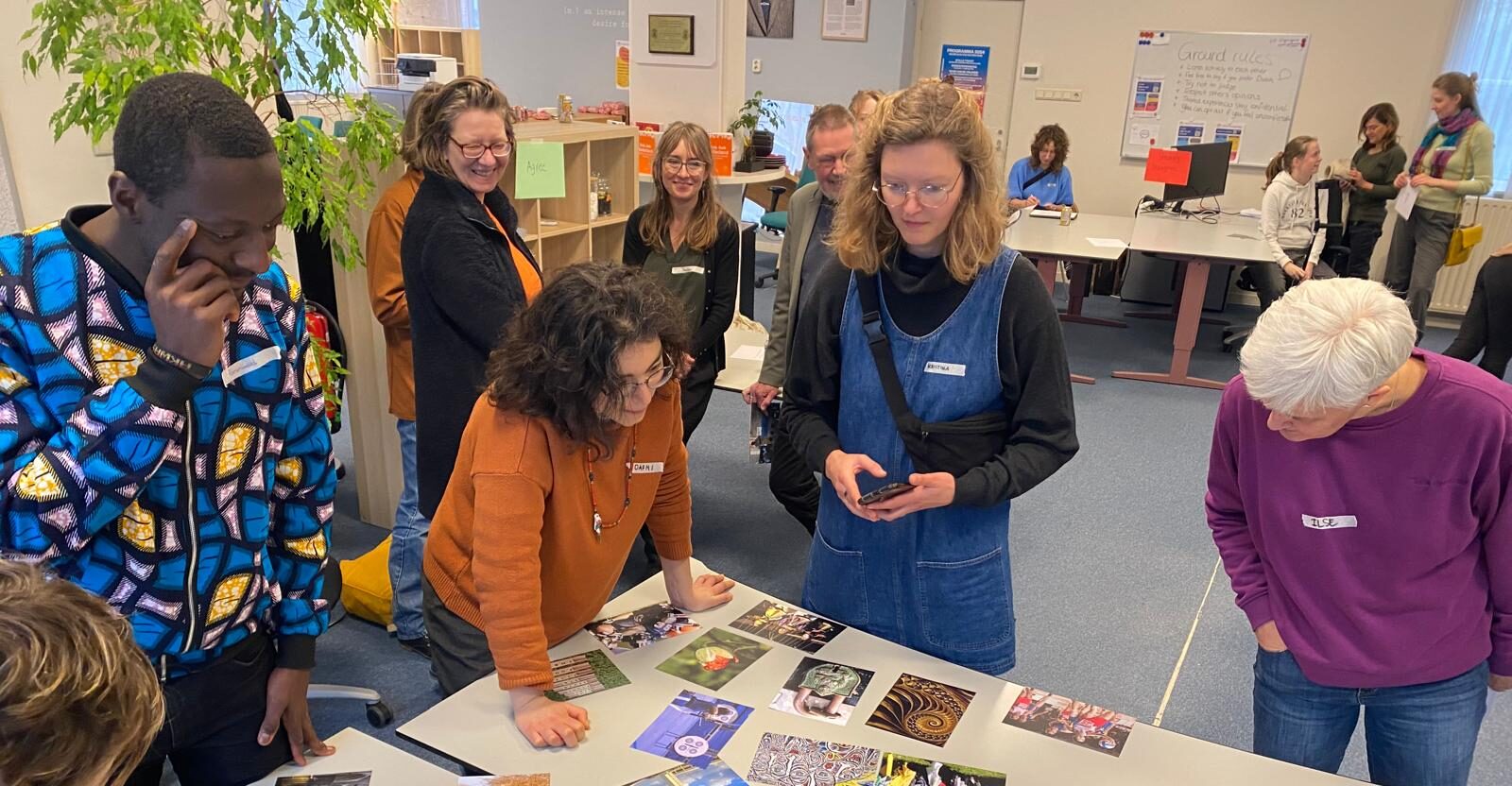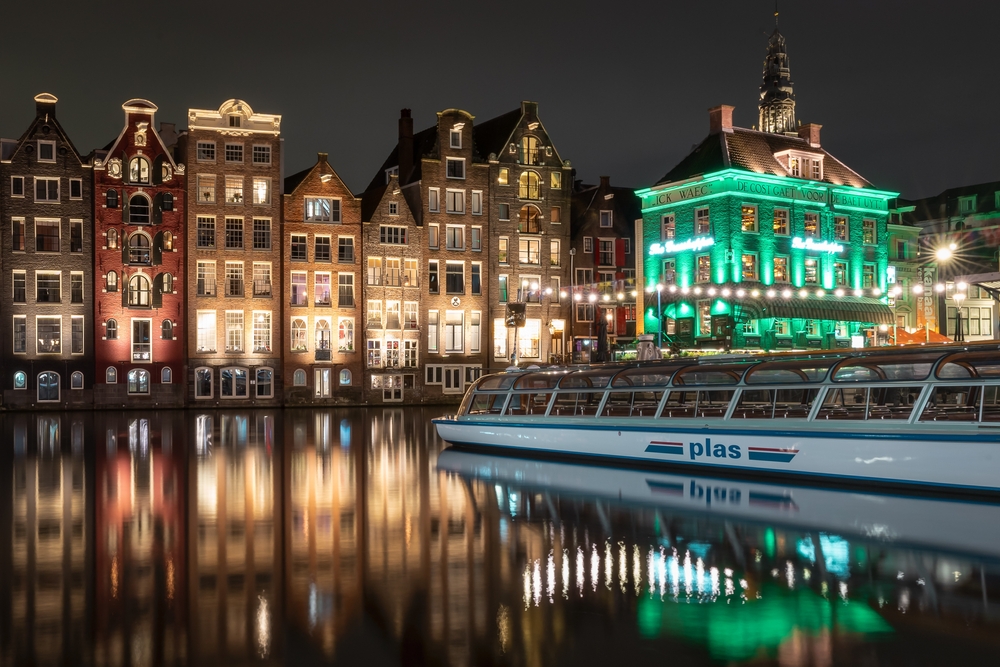You can set your clock by it: in the run-up to Keti Koti, the anniversary of the abolition of slavery in Suriname, heated discussions invariably erupt about the history of slavery and its commemoration. Wageningen-based cultural geographer Emmanuel Akwasi Adu-Ampong is in a position to shed new light on these sensitive issues.
Around this time last year, the Mayor of Amsterdam Femke Halsema was in Suriname, where she followed the Boni Trail on the former Frederiksdorp coffee and cocoa plantation. This is a walking tour on the theme of the history of slavery and Maroon freedom fighter Boni. The trail enables tourists to walk in the footsteps of enslaved people. They are even shackled for a while, for example. Halsema felt extremely uncomfortable with it all, and the word Disneyfication was used by someone in her delegation. ‘I am bothered by the way it’s turned into an experience. I feel this history is too appalling for that,’ she said in the newspaper Het Parool.
Slavery triangle
It is exactly this kind of issue that cultural geographer Emmanuel Akwasi Adu-Ampong studies. The assistant professor has a Veni grant to investigate how tourism in the triangle of Ghana, Suriname and the Netherlands colours people’s perception of slavery in the past. ‘These are countries with a shared history of slavery, and they all deal with it in their own way,’ he explains.
His research – which is not finished yet, he is about halfway through – focuses on tourism at six key historical sites.
Of course you have to watch out for Disneyfication, and the tourism sector should tell stories that are historically accurate
These are Fort Elmina and Fort Amsterdam in Ghana, where enslaved people were brought before they were transported by ship; Fort Zeelandia and Frederiksdorp Plantation in Suriname, where they were disembarked and lived and worked under often horrendous conditions; and in the Netherlands, the National Slavery Monument and the Black Heritage Tour, which showcases the superficially ‘hidden’ slavery history of Amsterdam, the economic epicentre of slavery.
At these locations, Adu-Ampong observed and filmed the dynamics between guides and visitors, conducted in-depth interviews, documented the stories the guides told (and how they varied according to the ‘type of tourist’), and studied reviews on travel sites and such. His research is a blend of cultural geography with tourism studies and heritage studies.
Coincidence and taboo
For Adu-Ampong, there is no doubt that at least on an individual level, tourism influences our view of the slavery of the past in a way that reminds one of famous words by the Indian writer and activist Arundhati Roy: ‘The trouble is that once you see it, you can’t unsee it.’ He says: ‘Tourism shows that there are plenty of visible traces of slavery, often far more than people previously realized.
Tourism provides a kind of lens for seeing social issues more sharply
And that highlights what I call the embodied absence of the past: the past that was always there, but which you only see when it is pointed out to you as a tourist. And then you also suddenly realize that it was no coincidence that you hadn’t noticed it any earlier. Because the history of slavery is surrounded by a host of taboos.’
Tourism is often promoted for economic reasons. But its impact goes much further, stresses the researcher. ‘Tourist heritage sites influence which stories are told about the history of a place, and therefore how people think about it,’ says Adu-Ampong. In the context of slavery, the question of exactly which stories are told, and in what way, can generate tensions, he acknowledges: how far do you go in popularizing painful episodes from history? ‘Of course you have to watch out for Disneyfication, and the tourism sector should tell people facts and stories that are historically accurate. But at the same time, tourism requires a degree of entertainment value, otherwise a site will not attract visitors. And if nobody comes, you won’t see the change that tourism is capable of bringing about either,’ he explains.
Transformative power
The popularization of stories about slavery is less of a thorny issue in Ghana and Suriname than in the Netherlands, in Adu-Ampong’s experience. ‘In Suriname, for instance, there is hardly any discussion about the Boni Trail. People there generally feel it’s a good thing. Everyone knew the story of Boni, but until recently nobody really did anything with it.
Thanks to the trail, all kinds of new conversations have started: who was Boni exactly, what did he mean to the Maroons, to what extent does his period still leave its mark on contemporary Suriname?’ According to the researcher, the (perhaps excessive) sensitivity to aspects of the trail expressed by Mayor Halsema is above all illustrative of the way the Netherlands relates to sensitive periods in history. ‘That relationship is strained,’ he notes.
Tourism helps to gradually normalize that relationship, suggests Adu-Ampong – even if tourism can sometimes initially put a strain on the relations. ‘But that’s all in the deal, it’s part of the transformative power of tourism: it provides a platform for productive tension.
Tourism shows that there are plenty of visible traces of slavery, often far more than people previously realized
The great strength of tourism is that it appealingly invites people to recalibrate the way they look at things – whether a building, a painting, or the overall history. And looking at things with new eyes often plants the seeds of change. That’s why I find tourism so interesting: it provides a kind of lens for seeing social issues more sharply.’
So Halsema’s discomfort on the Boni Trail wasn’t so terrible? ‘As I often tell my students, there’s nothing wrong with a bit of tension. It’s perfectly reasonable for stories about the slavery of the past to create tension. And that is certainly better than hushing it all up.’
Adu-Ampong published an article on this research in Annals Tourism Research at the beginning of June. A short ‘edumentary’ (an educational documentary) can be found on YouTube.
Commemorative year
On 1 July, Keti Koti (literally: the chain is broken), the Kingdom of the Netherlands will launch Slavery History Commemoration Year, exactly 150 years after the end of slavery. Legally, slavery had already been abolished in 1863, but many of the enslaved people had to continue working on the plantations for another 10 years – a Dutch government decree to ‘limit the damage’ for the plantation owners.

 Ornamental plaques on Amsterdam mansions of the 17th and 18th centuries often refer to slavery, as here with the naval commander Cornelis Tromp and his Black attendant (Oudezijds Voorburgwal 136).
Ornamental plaques on Amsterdam mansions of the 17th and 18th centuries often refer to slavery, as here with the naval commander Cornelis Tromp and his Black attendant (Oudezijds Voorburgwal 136). 

